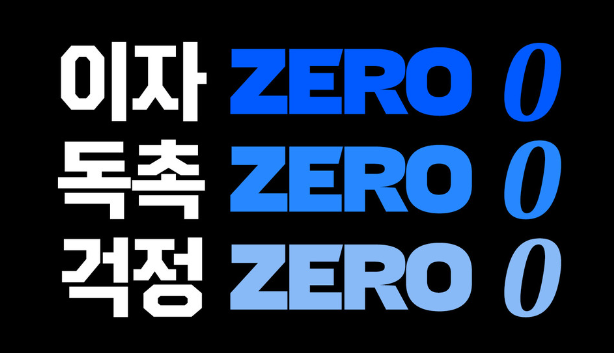When individuals face overwhelming debt, they may consider various legal options to regain financial stability. One such option in South Korea is “개인회생,” or personal rehabilitation, which allows individuals to restructure their debts and seek a more manageable repayment plan. However, not everyone is eligible for this process, making it crucial to understand the requirements for 개인회생자격 (personal rehabilitation eligibility).

What is 개인회생?
개인회생 is a legal procedure aimed at helping individuals who cannot meet their debt obligations. It is designed for those whose financial difficulties prevent them from living a stable life. The process allows debtors to propose a repayment plan, which can lead to the reduction of their total debt and ultimately a fresh start.
Who Qualifies for 개인회생?
To determine 개인회생자격, certain criteria must be met. Here’s an overview of the primary requirements:
- Income Level: Applicants must demonstrate a consistent and reliable source of income. The income should be enough to cover living expenses and a part of the debt obligations. This means that individuals with no steady income or those on public assistance may not qualify.
- Debt Amount: There are specific limits to the amount of debt one can have to be eligible for 개인회생. Generally, the individual’s debts must not exceed a certain threshold, often around 500 million KRW (approximately 450,000 USD). This requirement ensures that the personal rehabilitation process is intended for those experiencing significant financial distress.
- Repayment Capacity: Applicants must prove their ability to repay a portion of their debts. The court will evaluate the proposed repayment plan based on the individual’s income and the duration of repayment, typically ranging from three to five years. If the applicant cannot demonstrate a feasible plan to repay the debts, they may not qualify.
- No Previous Bankruptcy: Individuals who have previously declared bankruptcy may face additional scrutiny. Personal rehabilitation processes usually require that an applicant has not undergone bankruptcy proceedings within a specified timeframe, often seven years.
- Joyful Intent: It’s essential for applicants to show good faith in their intentions to repay their debts. This includes being forthcoming about financial situations and cooperating fully with the court’s assessment. Any signs of fraudulent behavior may result in disqualification from the process.
- Educational and Health Factors: Although not strict criteria, factors like educational background and health status can impact an individual’s ability to work and thus affect their personal rehabilitation eligibility.
The Application Process
Once potential applicants determine their eligibility based on 개인회생자격, they can initiate the application process. Here’s a brief overview:
- Consultation: It’s advisable to consult with a legal expert or a financial advisor familiar with personal rehabilitation laws in South Korea. They can guide individuals through the necessary steps and documentation.
- Documentation: Applicants must gather required documents, including proof of income, lists of debts, living expenses, and any additional financial information the court may require.
- Filing the Petition: After compiling the necessary documents, individuals will need to file a petition with the local court. This petition will include the repayment plan proposed by the applicant.
- Court Review: The court will review the application, considering the proposed repayment plan’s feasibility and the applicant’s overall financial situation. A hearing may be scheduled where the applicant can present their case.
- Approval and Implementation: If the court approves the 개인회생 petition, the repayment plan will be set in motion. During this period, individuals are expected to adhere strictly to the repayment terms.
